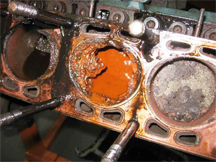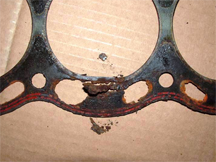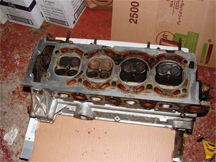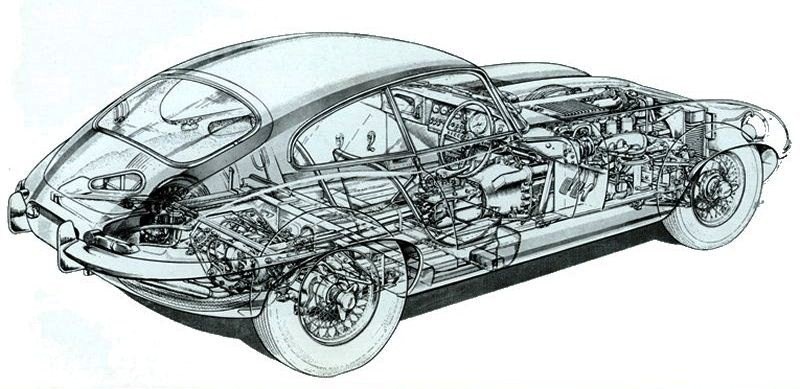The following will be some do’s and don’ts regarding, what for many a woman, is the 5th season of the year the dreaded “car show” season. If you are just starting out and introducing her to the car show, this will prove to be the easiest time to cultivate a love or at least a liking for such things (if done right!) If you are a veteran of such, it will be harder but certainly with the right attitude, can be achieved. I will start with the don’ts:
- DON’T spring it on her the morning of the show! ASK her about the date at least 2 weeks before.
- DON’T expect her to pack the lunch, get the cooler ready, pack all the things needed for children (if there are any) and then wash the car!
- DON’T arrive at the show and disappear after shouting over your shoulder, “ Get me a hot dog (light on the mustard) and 2 drinks at 12:30.”
- DON’T offer to walk around with her and then pause at each car, for no less than a hour, and talk to the owner (which when done- it brings at least 3-6 other men who want to talk and so you end up seeing about 8 cars in the 12 hours you are there!)
- DON’T forget that while most “car guys” don’t need food, drink or a restroom, the rest of us do!!
- DON’T think that you get any trophy for being the last one to leave the show!
- DON’T forget that if children are involved, everything is much harder!
- DON’T give her a crash course in what the car is and has (unless she asks you to!) I have found that most “car guys” will believe anything you tell them!
Now some do’s:
- DO introduce “car shows” in small doses. Be sensitive to how much fun everyone is having.
- DO offer to take the children while she strolls through the flea market.
- DO make sure she has a chair, food, drink and a good book, if she is to be left alone at the car. (and only if she wants to be left alone at the car- I have found that is MUCH preferable!)
- DO try and introduce your mate and curtail almost all lengthy conversations and do your best to “move along”!
- DO take pictures but don’t feel you have to wait for every spectator to leave the field, besides, I’ll bet you already have a picture of the car back home, somewhere!
- DO return to the car from time to time so you can ask if she needs anything and she can be sure that it wasn’t you being taken away in the ambulance that left the field earlier!
Now, go and have a good time but remember in almost all cases, everything is easier to do at HOME!!










 Brake fluid needs to be changed every two to three years, or replaced with DOT 5 (Silicone) fluid. Failure to do so will result in low boiling temperatures and seizing pistons in calipers and wheel cylinders, resulting in brake failure.
Brake fluid needs to be changed every two to three years, or replaced with DOT 5 (Silicone) fluid. Failure to do so will result in low boiling temperatures and seizing pistons in calipers and wheel cylinders, resulting in brake failure. Notice this head gasket failure from a 2L Saab engine. The gasket literally corroded away. A very expensive repair that could have been avoided with some simple and inexpensive preventative maintenance.
Notice this head gasket failure from a 2L Saab engine. The gasket literally corroded away. A very expensive repair that could have been avoided with some simple and inexpensive preventative maintenance. So if it has been three, five, or even ten or more years since you have changed your coolant, you may want to put this chore on your to do list before your pride and joy looked like these pictures. Certain Porsche, Volkswagen and Franklin owners need not worry.
So if it has been three, five, or even ten or more years since you have changed your coolant, you may want to put this chore on your to do list before your pride and joy looked like these pictures. Certain Porsche, Volkswagen and Franklin owners need not worry. Please email all inquiries to:
Please email all inquiries to: 
